Caprock Design + Build Blogs
Buildwise Journal
Caprock Design + Build Blogs
Buildwise Journal

The 5 Best Smart Home Technologies to Maximize Your Energy Savings
Thanks for joining our month-long exploration of energy efficiency upgrades. This week, we’re diving into the world of smart home technologies and how they can significantly contribute to energy savings.
In previous years, home smart technology was only available to wealthy homeowners in certain parts of the world. But today, it’s easier than ever to incorporate these resources into your home—and doing so could save you hundreds on your energy bills.
Smart home devices not only enhance convenience and security but also play a pivotal role in reducing energy consumption and lowering utility bills. Read on to learn the benefits of smart home technologies and practical tips for integrating these innovations into your high-performance home.

Essential Smart Home Technologies & Their Role in Energy Efficiency
Smart home technologies leverage connectivity and automation to optimize energy use, making homes more efficient and environmentally friendly. By providing real-time data and automated control, these technologies empower homeowners to make informed decisions about their energy consumption.
Today, there are a variety of smart home technologies available to homeowners. Below, we’ll share the most common options for high-performance homes in the Texas Panhandle region.
1. Smart Thermostats
Unlike traditional thermostats, smart thermostats learn your schedule and preferences, automatically adjusting the temperature for optimal comfort and energy efficiency using WiFi.
Features like geofencing can detect when you leave home and adjust the temperature accordingly. Geofencing will then bring the temperatures to a comfortable level when you get back home after a long day’s work, so you don’t have to.
Additionally, smart thermostats often include analytics features and temperature data that you can track to monitor your energy usage.
The highest-rated brands we recommend include:

2. Smart Lighting
Smart lighting systems allow you to control lights remotely, set schedules, and use motion sensors to ensure lights are only on when needed. Many smart bulbs also offer dimming capabilities to further save energy.
Lightbulbs aren’t the only feature you can purchase with smart technology. Switches, plugs, remotes, bridges, and hubs can all be purchased with smart features to dim the lights around bedtime, turn the lights on before you get home, detect motion to deter theft, and shut off lights when you leave a room to reduce energy consumption.
A few of our favorite brands include:
3. Smart Power Strips
How often do you leave electronics plugged in, even when you aren’t using them? Experts estimate that standby power waste accounts for 5-10% of your total household energy consumption.
Smart power strips can help you avoid wasting energy on electronics you aren’t using without the inconvenience of manually unplugging them. These devices cut power to electronics when they are not in use, preventing energy waste from “phantom” loads.
Smart power strips are often used for TVs, printers, DVD or Blu-ray players, and video game systems. They can even be programmed to turn off appliances automatically after a set period of inactivity.
A few of the best options on the market include:
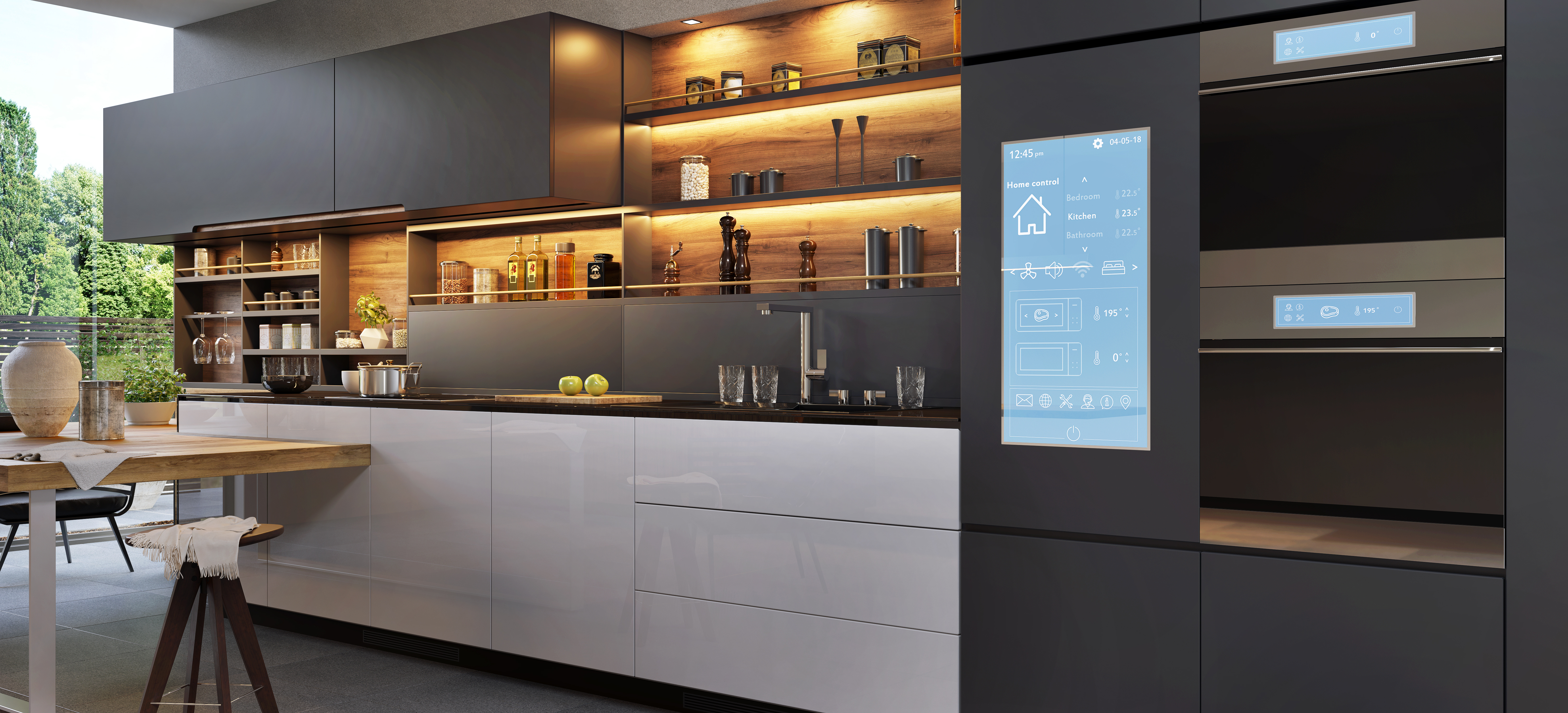
4. Smart Appliances
Smart appliances, such as refrigerators, washing machines, and dishwashers, offer energy-efficient settings and can be scheduled to run during off-peak hours to save on electricity costs.
Many of these appliances have additional features to make life more convenient. This can include telling you when your fridge door is left open, scheduling your dishwasher to run when your electricity rates are the lowest, adjusting your dryer time based on moisture content inside the machine, and letting you look inside your fridge without having to open the door.
When searching for a smart appliance, looking for an ENERGY STAR certification is a great place to start. These are some of the highest-rated brands:
5. Energy Monitoring Systems
If you’re like many homeowners, chances are you don’t know why your energy bill is so high, even when you think you’re doing everything right. Energy monitoring systems are a simple solution you can use to understand your energy consumption and tweak your lifestyle to boost your savings.
These systems track energy usage in real-time, providing detailed insights and reports. They help identify high-energy-consuming devices and suggest ways to reduce consumption. Many even send alerts about unnecessary energy use, letting you know if you left a light on or have your AC running too high.
Some of the best options available include:
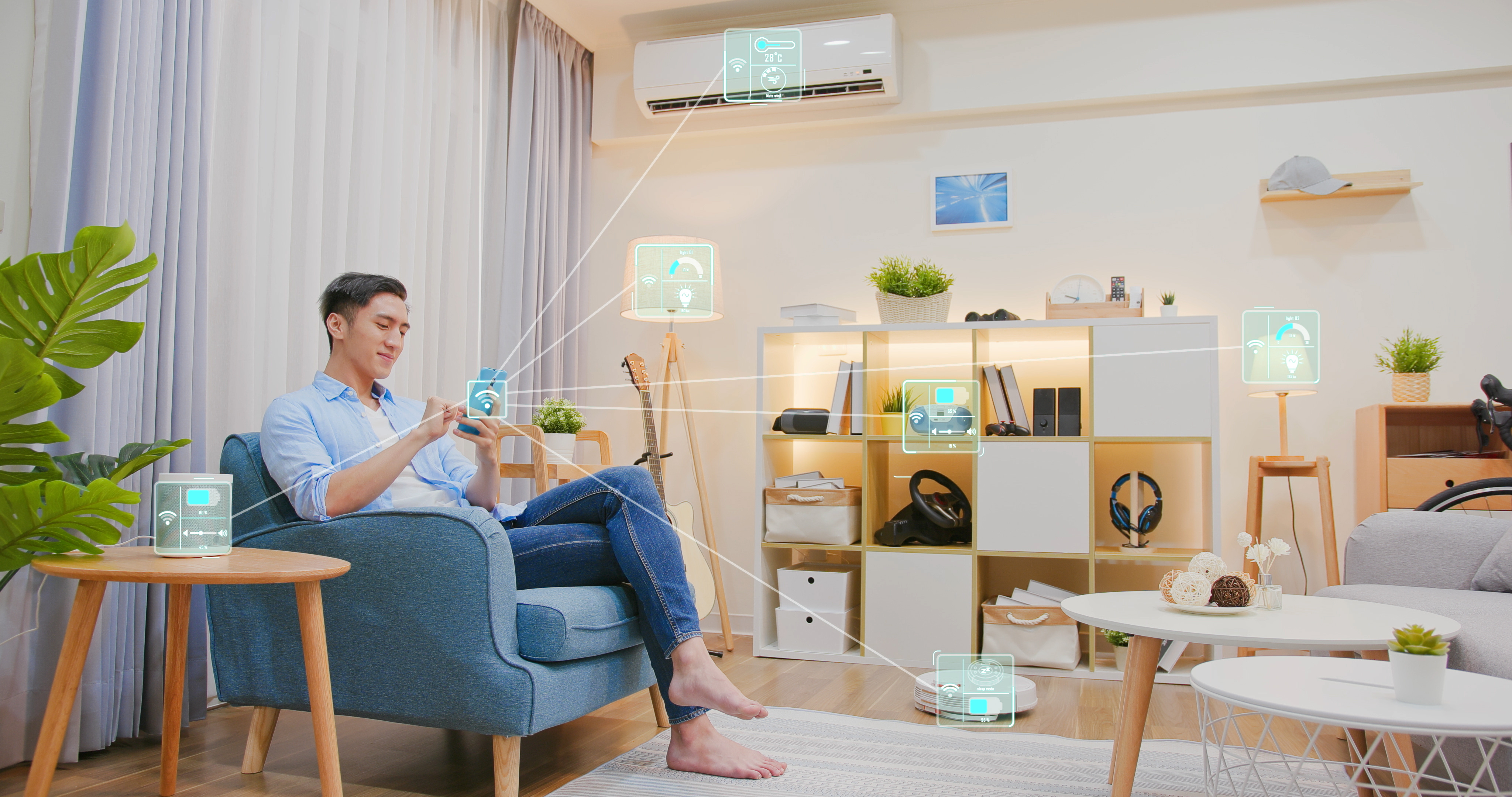
Key Benefits of Smart Home Technologies for Energy Savings
Some smart technology solutions can have a higher price tag than the traditional alternatives. So are they worth the cost? Here are a few of the benefits you’ll achieve by switching to the smart technology described above.
1. Automated Energy Management
Smart home systems can automate lighting, heating, cooling, and appliance use based on your daily routine and preferences. This ensures that energy is used only when needed, eliminating waste.
On average, smart homes use 30-40% less energy than conventional home setups. Smart technologies aren’t a magic fix—you’ll need to monitor your energy usage and make adjustments to get the most savings from your investment. But turning your high-performance home into a smart home could save you up to 15% on your total energy bills.
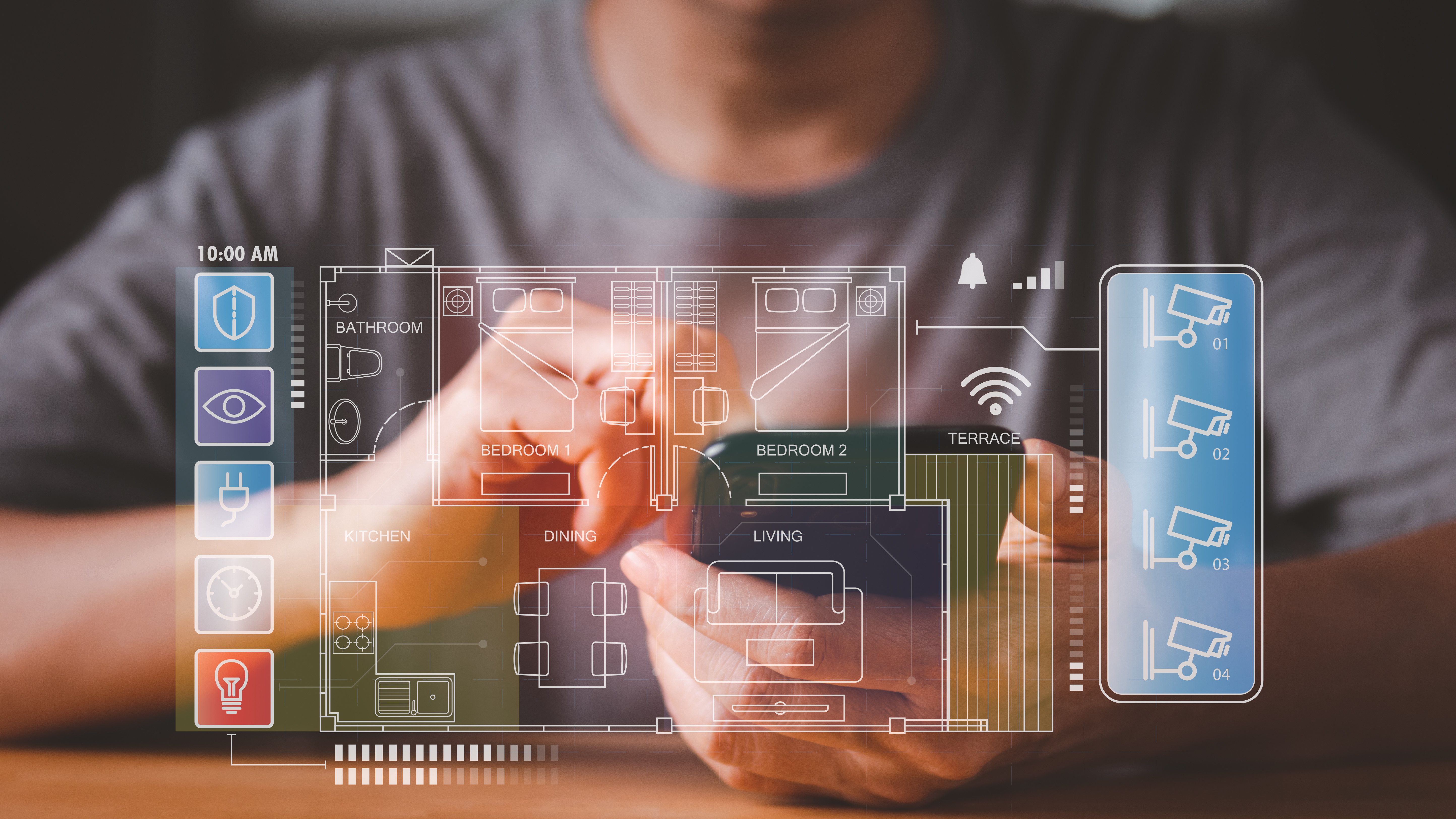
2. Real-Time Monitoring and Control
Smart devices allow homeowners to monitor and control energy use remotely via smartphones or tablets. This means you can adjust settings, turn off lights, or tweak the thermostat even when you’re not at home.
You can’t always stay on top of your energy consumption. But with the monitors and reports from smart technology, you can have peace of mind knowing you’re doing everything you can to reduce your costs without detracting from your home’s comfort.
3. Increased Awareness
Smart home technologies provide insights into energy consumption patterns, helping homeowners identify areas where they can reduce usage and make their homes more energy-efficient.
As mentioned above, smart technologies like energy monitoring systems can show you simple ways to significantly reduce your energy bills, from starting the washing machine in the cooler hours to relying on natural light in the brighter hours of the day.
4. Integration with Renewable Energy Sources
Smart home systems can seamlessly integrate with renewable energy sources like solar panels, optimizing the use of generated energy and reducing reliance on the grid. Smart thermostats, smart lighting, and energy monitoring systems can all communicate with your solar solution to improve energy efficiency and optimize your energy management.
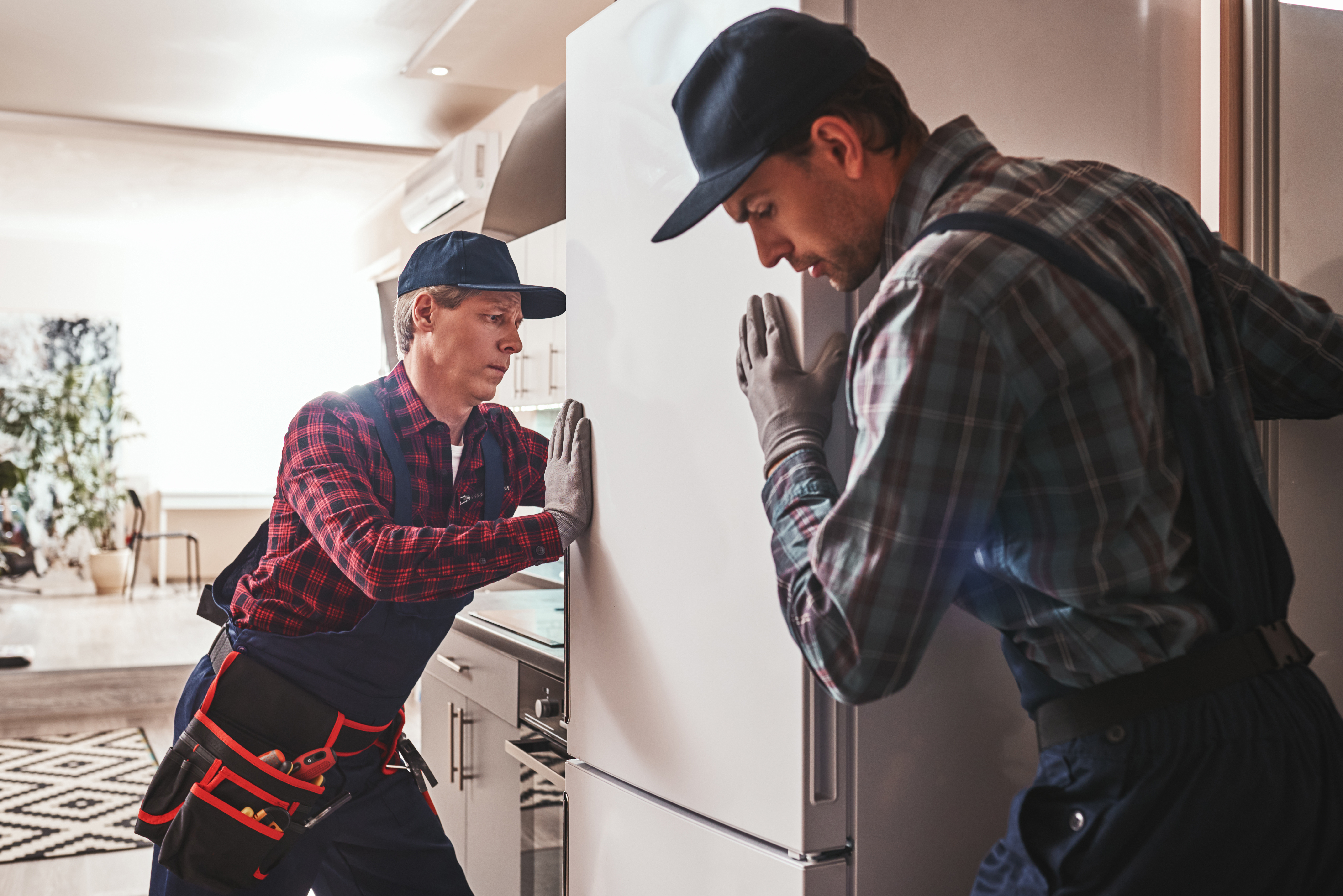
Tips for Integrating Smart Home Technologies into Your Existing Home
Start Small: Begin with one or two smart devices, such as a smart thermostat and smart lighting, to see immediate benefits without feeling overwhelmed
Ensure Compatibility: Choose smart home devices that are compatible with each other and with your home’s existing systems. Platforms like Amazon Alexa, Google Home, and Apple HomeKit offer broad compatibility.
Professional Installation: For more complex systems, consider professional installation to ensure optimal performance and integration. Professionals often have insider tips to help you get the most ROI from your smart technology.
Regular Updates: Keep your smart devices updated with the latest software to benefit from new features and security improvements.
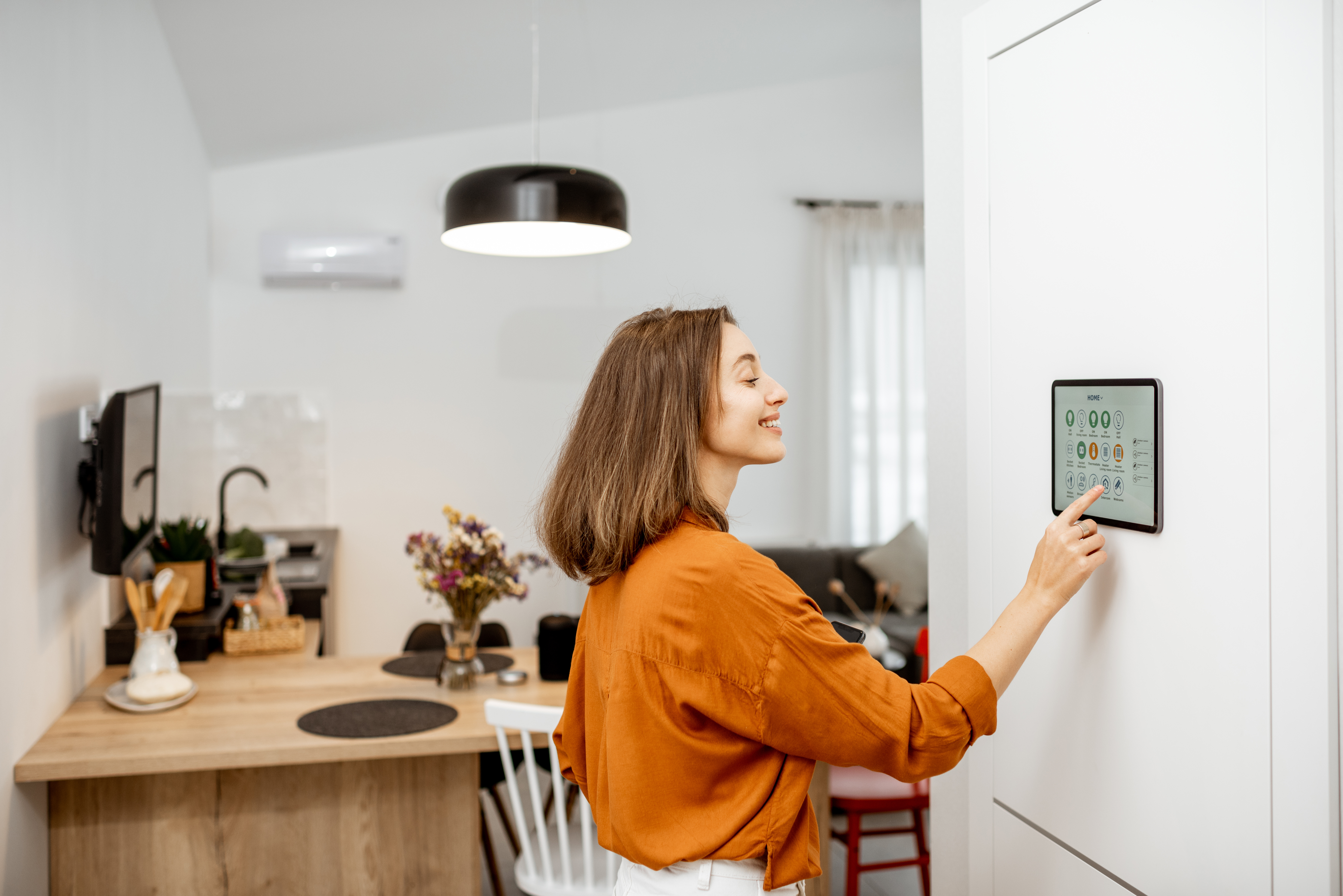
Shrink Your Energy Costs: Turn Your Home into a Smart Home
Smart home technologies offer significant benefits for both homeowners and the environment. By leveraging automation, real-time monitoring, and integration with renewable energy sources, smart home technologies can transform your home into a model of efficiency and sustainability.
Is your home an energy-efficient high-performance home? Let’s work together to get you there. With the support of the Caprock Design + Build team, you can:
Renovate your home to better fit your family’s needs and style
Identify cost-efficient ways to improve your home’s comfort and functionality
Optimize your energy efficiency with weatherproofing, smart technology, and much more
Reach out to Caprock Design + Build now to get started!

